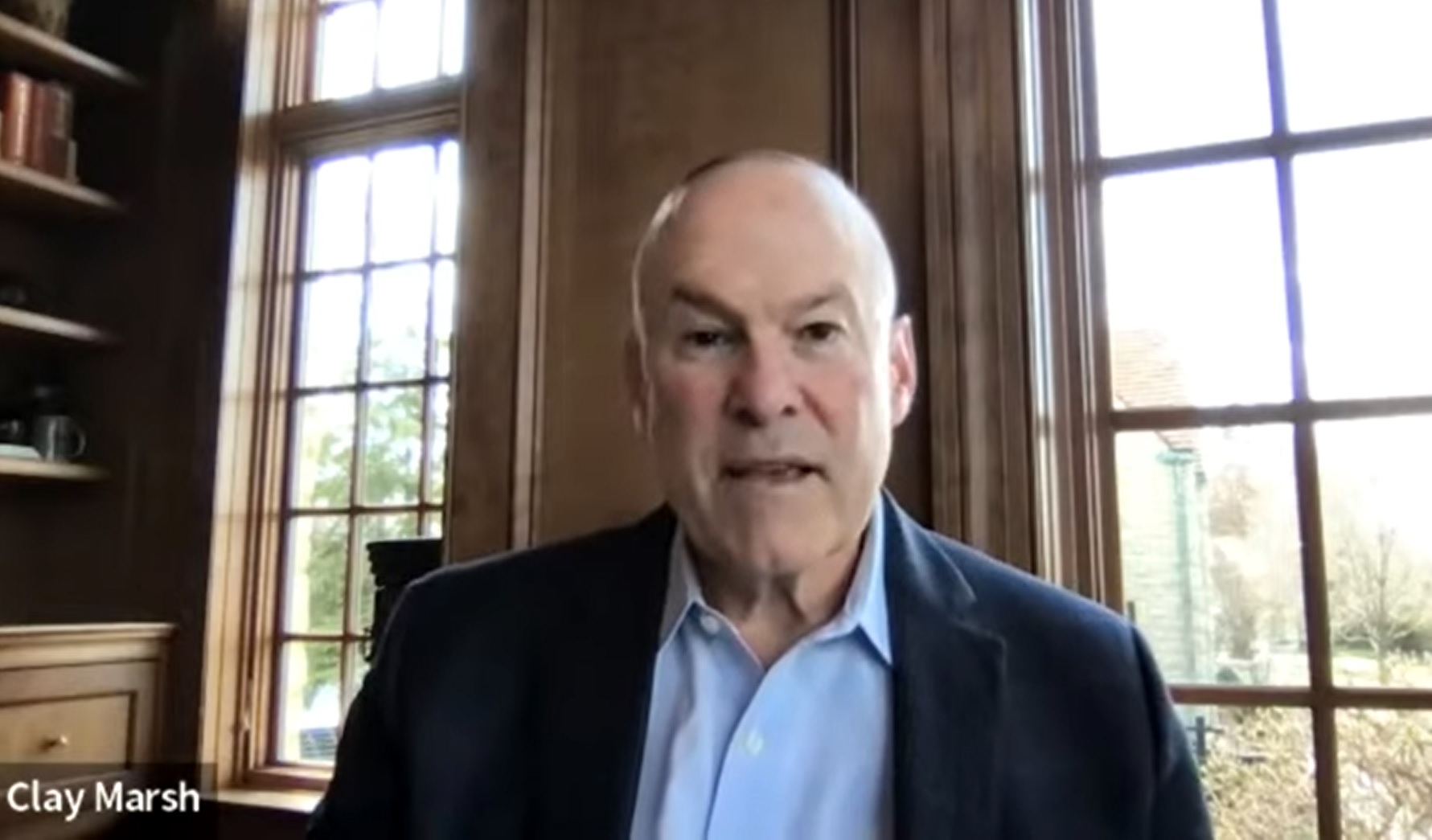COVID-19 cases are trending down nationally, but state health officials are still advocating for vaccination.
In a prerecorded message presented during Gov. Jim Justice’s press briefing Wednesday, state Coronavirus Czar Dr. Clay Marsh said that despite a downward trend in COVID-19 deaths nationally, West Virginians over the age of 65 should still seek out an updated Omicron vaccine booster.
“Ninety percent of deaths that we’re still seeing are in Americans over 90 years old, and about 70 percent in Americans over 75 years old. That really also has mirrored the data that we see in West Virginia,” Marsh said. “So it’s important that anybody who has not gotten their bivalent booster vaccine, who is over 65 years old or who is immunocompromised and is still eligible, please go ahead and update that booster to the new omicron booster.”
He said the average daily death rate nationwide is down to about 250 people, compared to about 400 people a day in previous weeks.
“That’s still more people that die during a bad flu season per day,” Marsh said. “So it’s not to be ignored, but it does demonstrate the benefit of the immunity that we know that people in our country and our state are getting, and they’re getting that both from the vaccines and recovery from infection.”
Marsh also stressed the symptoms of long COVID, including brain fog, that have kept millions of Americans out of the workforce.
“When we think about long COVID, we now know that about four million people are not working, which represents about $190 billion a year in loss of revenue from these people,” he said.
Guidance has not changed, and Marsh reiterated the importance of preventing infection, as well as testing to ensure early interventions that can help avoid serious illness and long COVID.
Naloxone Over The Counter
Wednesday morning, the Federal Drug Administration (FDA) approved the overdose-reversing nasal spray Narcan for over-the-counter, nonprescription, use.
It is the first naloxone product approved for use without a prescription.
Later in the briefing, Justice was asked if he would support any action to increase the availability of the treatment in West Virginia, such as a law requiring it to be in schools and public buildings.
“I don’t know a lot of the details right yet and everything but without any question I would support,” Justice said. “It is a question for the legislature but to make this more available, more present in schools or wherever it may be, churches or whatever, this just saves lives. That’s all there is to it. Anything that we can possibly do to make things better and save lives for the people we need to be out doing it.”
